If you love Chromebooks like we do, you'll want to see these tips and tricks to make the most of them.
Millions of people are using Chromebooks, but despite their simple and "for everyone" nature, not every power feature is easy to access. All the best Chromebooks are powerful tools that are just waiting to be used to its full potential, and once you know a few tricks, you'll feel like you're getting even more value out of your inexpensive computer. We've rounded up the top ten tips and tricks for you to try on your Chromebook so you can start making the most of your machine.
1. Use third-party DNS
There are a lot of reasons to use third-party DNS (Domain Name Server, or the sort of "address book" for the Internet) when you're on the web. Some say they are faster; some claim they are more secure, and using one is a great way to get around any silly content blocks that may be in place on the servers of the people who provide you your Internet.
Using them on your Chromebook is easy. Open the settings page, and click on the name of the network you want to change. In the window that comes up, choose the network tab. At the bottom, you can choose which name servers to use. You'll see automatic and Google options, or you can enter some manually if you know specifically what you want.
2. Type Unicode characters
Your Chromebook has a full keyboard, but sometimes you want to type a character that doesn't have its own key, like æ or Ü or ʓ or even string them together for the perfect look of disapproval ಠ_ಠ. To do it, you'll need to type what's called a Unicode character.
Knowing what the Unicode characters are isn't something you'll be memorizing (here's a cheat sheet) but once you know the Unicode number typing them is easy. Just press Ctrl + U = the number and they'll be inserted in place.
3. Use Chrome overview
There is a built-in overview mode on your Chromebook that lets you see every open window at a glance. If you've ever used a Mac, this is just like Expose. It's also just as useful!
On the top row of the keyboard, just press the []]] button (above the 6 key) or swipe down from the top with three fingers on your trackpad or touchscreen to go into the overview. Clicking any of the thumbnails will open that window, and clicking in a blank space will return you to the last window you were viewing. If you find yourself with a lot of windowed apps running all the time, this is a great time-saver.
As a bonus, while in overview mode, you can type to filter what you're seeing. For example, typing "Google" will only show windows with the word Google in the title.
4. See all of your keyboard shortcuts
By now, you know that Chrome OS is full of handy keyboard shortcuts for things like reloading a page or going to your home page in the browser. In fact, there are so many that it's almost impossible to keep track of them all. Finding out just what you can do so you know which ones to remember is easy.
Press Ctrl + Alt + ?, and you'll see an overlay of the keyboard with all the key functions and shortcuts. Soon you'll be a pro and Shift + Alt + L-ing and Alt + Shift + B-ing all over the place.
5. Refresh your Google Drive cache
Chromebooks can use Google Drive as extra storage and it acts the same as the local storage does. If you know there is a change in your saved Google Drive files but don't see it, you can manually refresh your Chromebook's local Drive cache.
In the Omnibar type chrome://drive-internals/ and click the Clear local cache button and the next time you open the file manager you'll sync again.
6. Take advantage of the Chromebook Perks
Part of the value of a Chromebook is in the extras you get along with your purchase. When you buy a computer running Chrome OS, you don't just get a computer — Google throws some freebies your way as well. After buying your Chromebook and getting logged in, be sure to head to the Chromebook Perks Page to pick up these offers:
- A three-month trial of Disney+ (worth $21)
- Free in-game item pack for Fallout Shelter (Worth $20)
- A free copy of Dead Cells (worth $9)
- A free copy of DOOM II (worth $5)
- 100GB of Dropbox storage for 12 months
- 100GB of Google One storage for 12 months (worth $24)
- 3 free months of Stadia Pro (worth $30)
- A free copy of Duet Display (worth $10)
- 30 days of Calm Premium (worth $13)
- 12 months of VSCO membership (worth $20)
- Six months of Squid Premium (worth $6)
The offers expire 60 days after you first associate a Google account with your Chromebook, so make sure to use them before they run out. They also change from time to time, but you'll always find some sweet freebies that are definitely worth grabbing!
7. Change your taskbar position
By default, your Chromebook's shelf (the taskbar) is along the bottom of the screen but you can also set it to be on the right or left side.
Just right-click on it and pick the Shelf position menu for your settings.
8. Use an SD card for extra storage
Most Chromebooks offer an SD card slot of some kind — be it microSD or standard. While the SD card slot is useful for transferring pictures off of your camera and getting them up to Google Drive or moving files between computers, for many people, it may be most useful as semi-permanent external storage.
Because you'll often have no more than 32GB of internal storage (unless you feel like upgrading that yourself) on your Chromebook, you may find yourself wanting more. Pop a 64GB SD card into your Chromebook and use it just like you would the local or Google Drive storage. The SD card shows up in the Files app, just like another folder, where you can use it any way you'd like.
More: These are the best SD cards for your Chromebook
9. Show hidden files and folders
The file manager hides folder and file names that start with a dot (like .Filename, for example) and you normally can't see them. These are usually files and folders you don't want to edit unless you know what you're doing.
If you want to see hidden files, open the File manager and press Ctrl +. (period) and they'll appear along with your other files and folders.
10. Share your Chromebook — safely
When you first set up your Chromebook, it feels like it's just locked to your own personal Google account, but one of the perks of Chrome OS is the ability for any machine to work with any Google account. When you're on the lock screen of your Chromebook, you can click "Sign out" in the bottom left corner and let someone else sign in with their own Google account. They won't have access to your main account, and all of their previous activity on any other Chrome device will be set up on this new machine in its own profile.
If you just want to hand your Chromebook to someone else for a quick bit of research or something simple, use the guest mode from the lock screen. Nothing done in the guest mode will be tied to your Google account, and everything will be completely erased as soon as the guest account signs out.
If you'd prefer to lock down your Chromebook so only specific people (or just you) can sign in, head into the settings menu, and under the Users area, you can restrict sign-in on the device to only specific accounts.
11. Do a barrel roll
This one serves no purpose except to have fun. Open a window or two on your Chromebook and press Ctrl + Alt + Shift + Reload.
All work and no play something something.
12. Take a screenshot
You can take a screenshot on a Chromebook just as easily as you can on any other computer. Whether you need to save a piece of information for reference or just need to help someone out by showing something visually, it's extremely simple. Hold the control key and hit the task switching key []]] to capture the screen.
You'll get a desktop notification to click and view the screenshot, or you can always find later it by opening the Files app.
More: How to take a screenshot on a Chromebook
13. Quit safely and quickly
You would normally shut down your Chromebook using the power button or through the system tray, but like everything in Chrome OS there is also a quick and easy shortcut.
Press Ctrl + Shift + Q twice in a row to open the logout screen and confirm that you want to quit.
14. See all of your nerdy system info
In the Omnibox, type chrome://system to see a GUI filled with system information. You'll find everything there is to know about your CPU, your memory, your current X-session, and more here. It's all laid out in an easy-to-read fashion, and you'll know everything there is to know about your Chromebook's insides.
We can't promise you'll understand everything you see in there, but whatever you need (or want) to know is given to you. Since it opens in a browser tab, searching Google for the parts you don't understand is easy!
If you'd rather see things in a graphical interface, you can install the Cog System Info Viewer Chrome app by François Beaufort
15. Use Powerwash to clean up
If you want to altogether remove your Google account and information from your Chromebook and reset it to a "like new" state, it only takes two clicks of the mouse in the settings to use a feature called "Powerwash." Go into your settings and search for Powerwash in the search bar, or go to advanced settings and find it at the bottom. Click the button, then confirm, and your Chromebook will reboot momentarily, looking just as it did the day you took it out of the box.
Hopefully, after mastering these few tips and tricks you'll be using your Chromebook like a pro, and can maybe even help out another person or two who are getting acquainted with their own Chromebook!
Best Chromebook Tablet
Lenovo Chromebook Duet
The Duet finally gives us the kind of Google tablet we've wanted for a decade. It comes with a keyboard for when you need it, but it works well all on its own.
from Android Central - Android Forums, News, Reviews, Help and Android Wallpapers https://ift.tt/2FQIGMq
via IFTTT
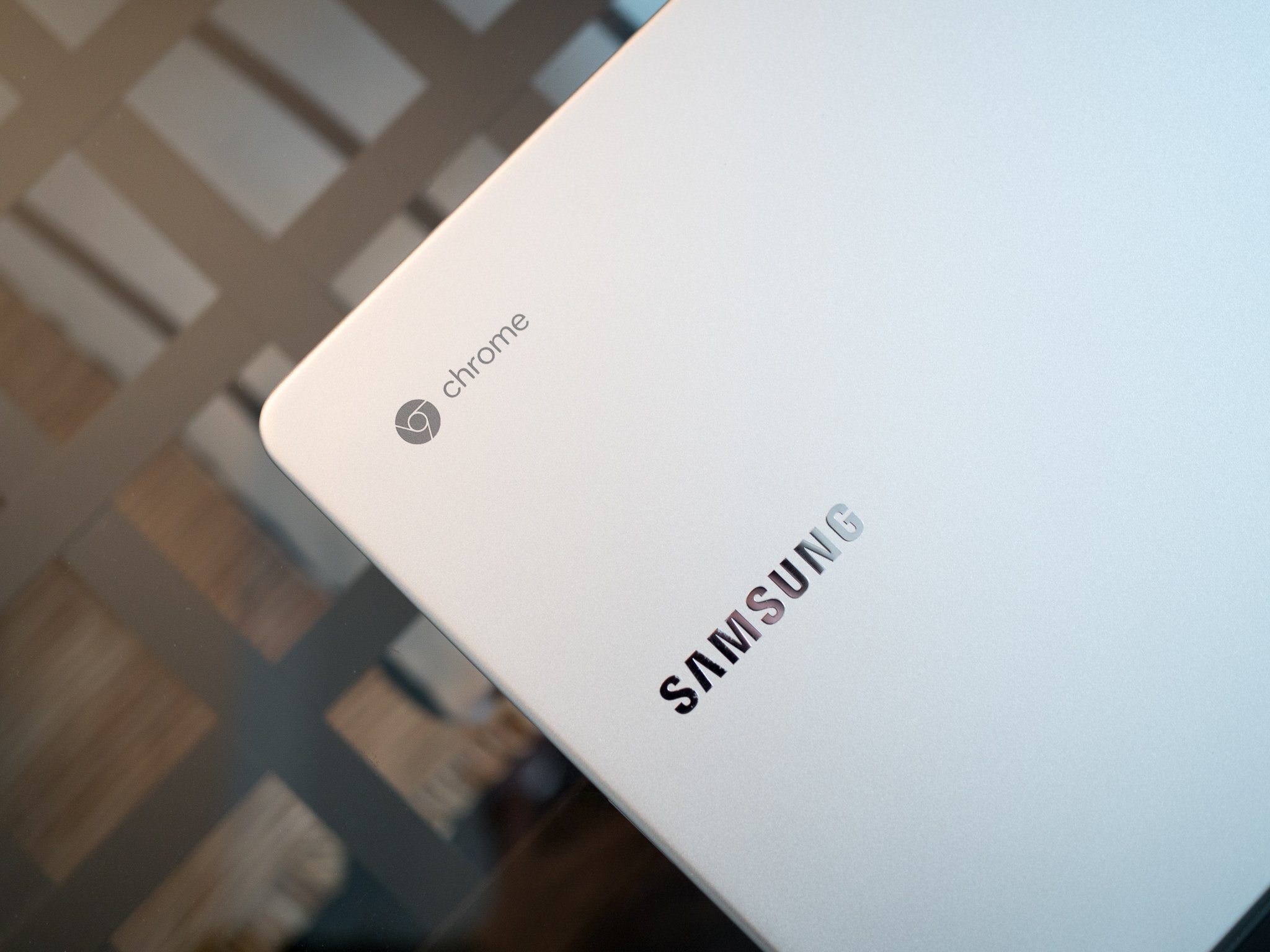
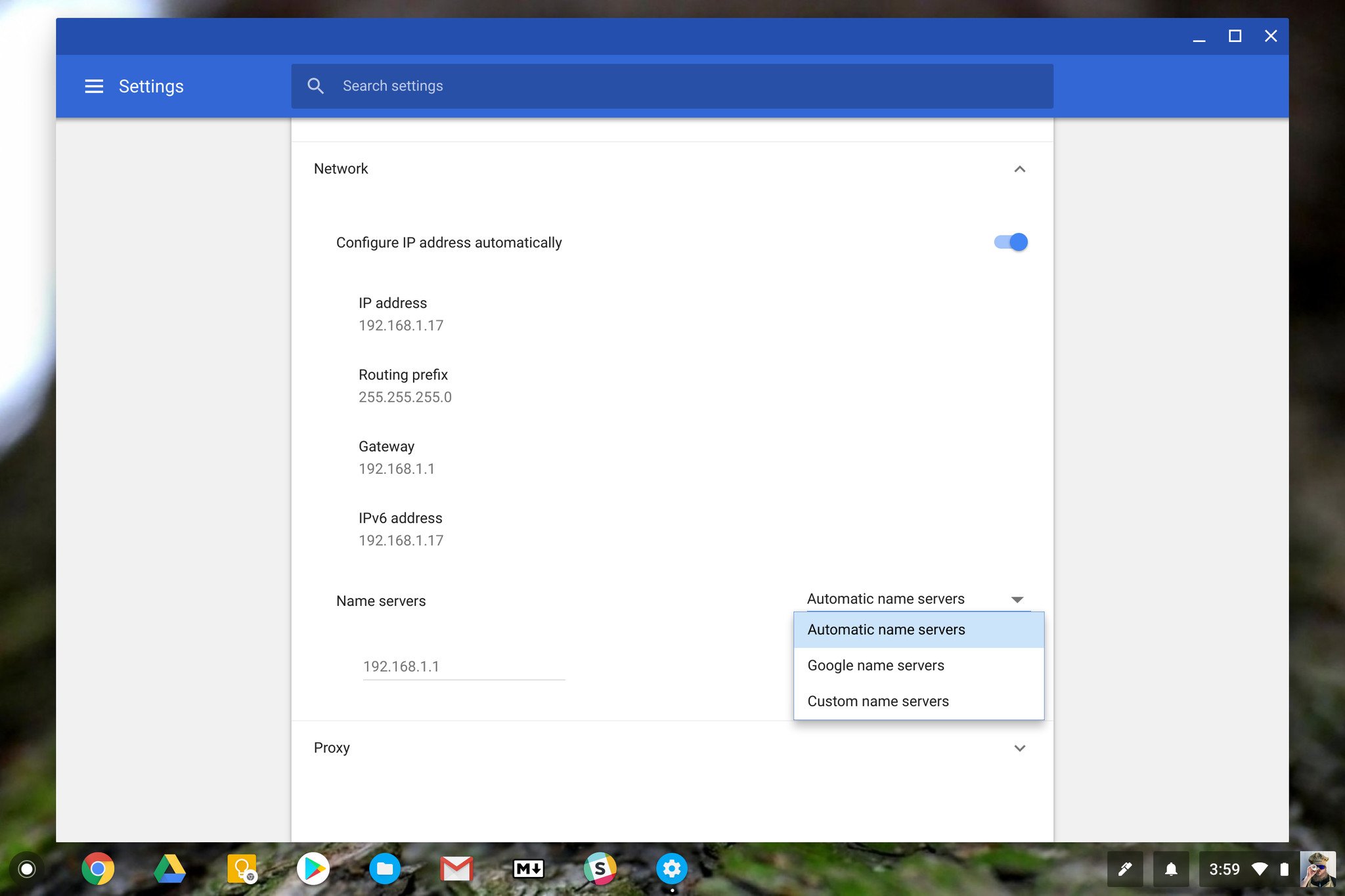
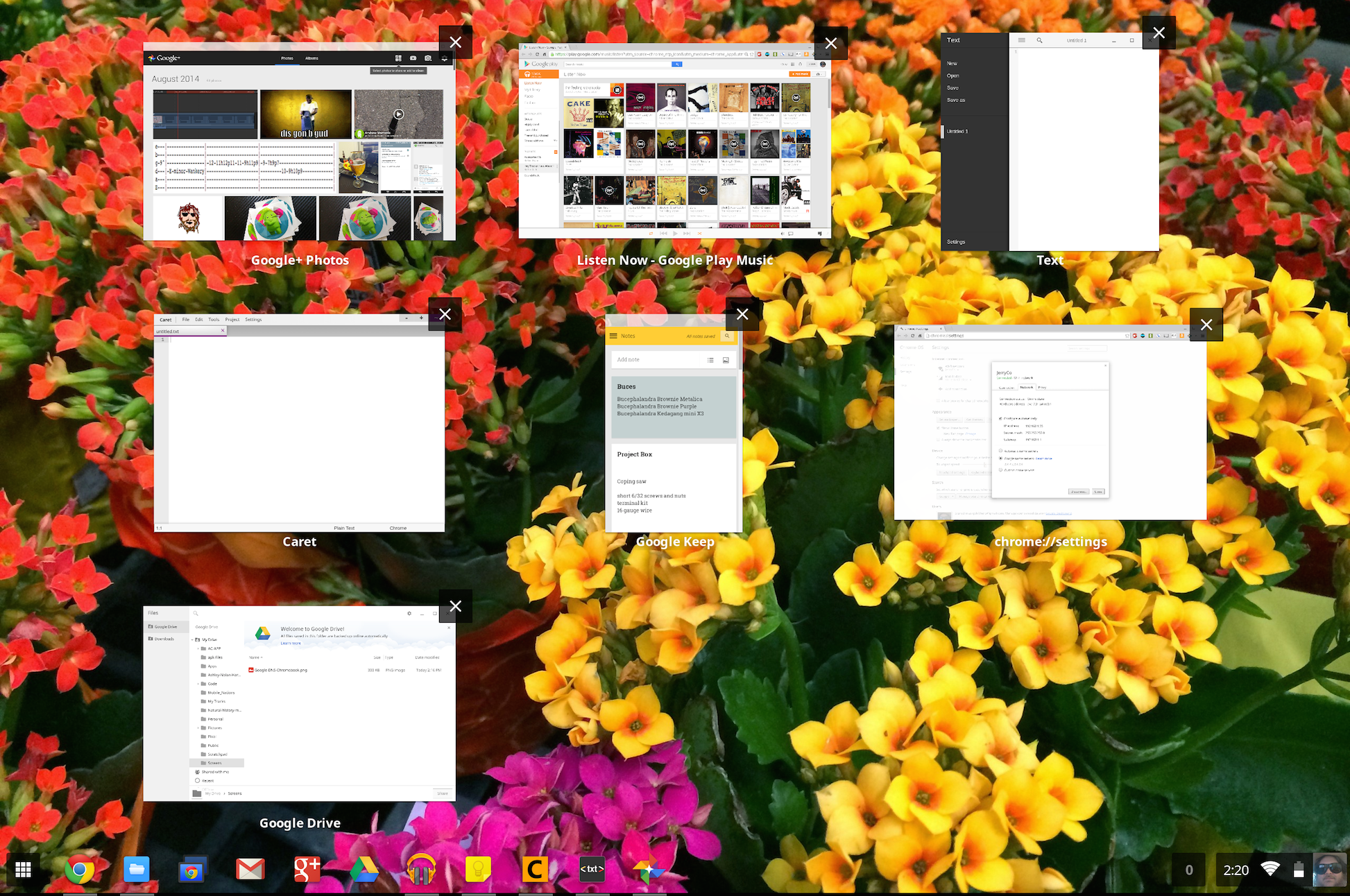
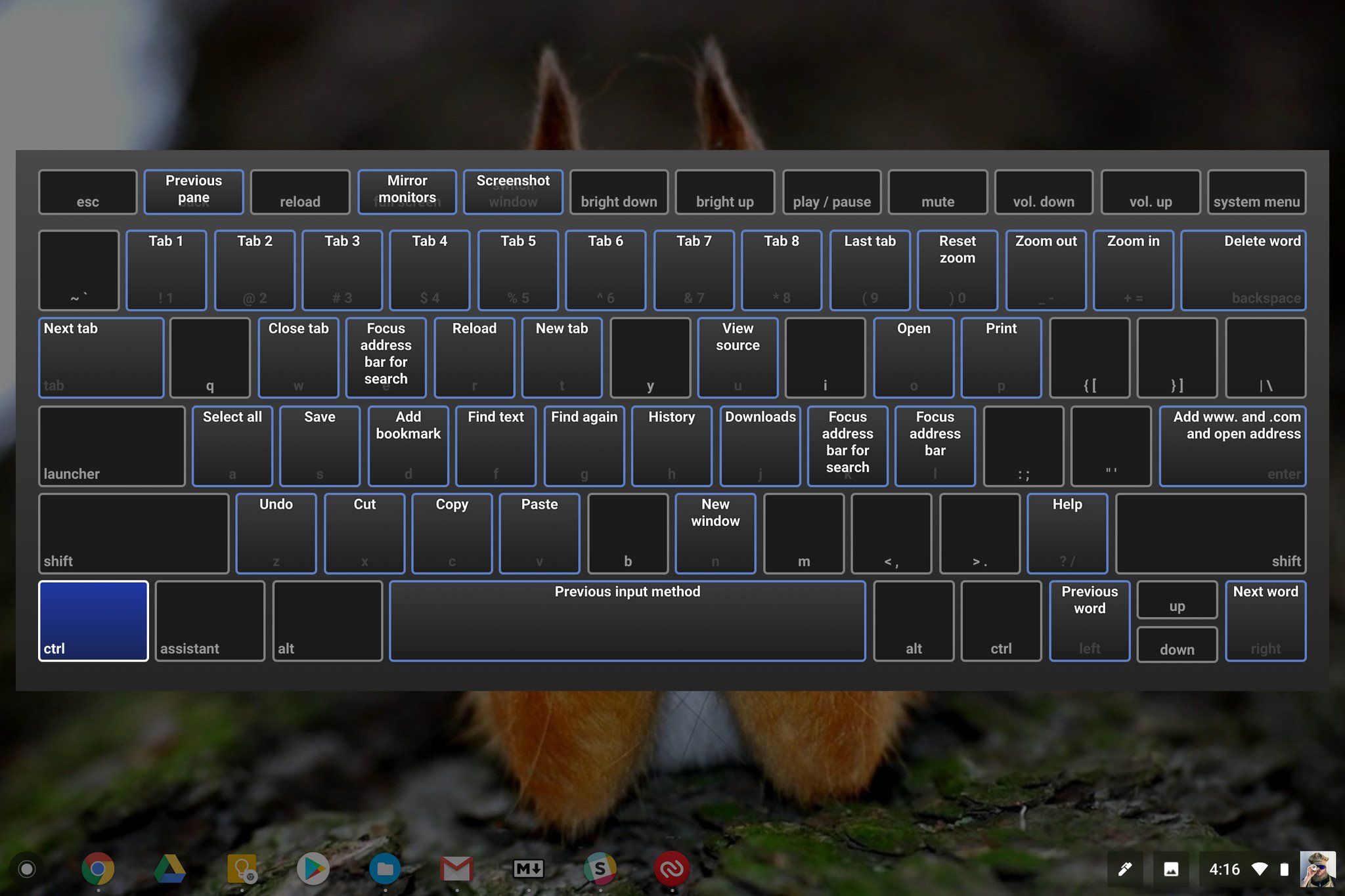
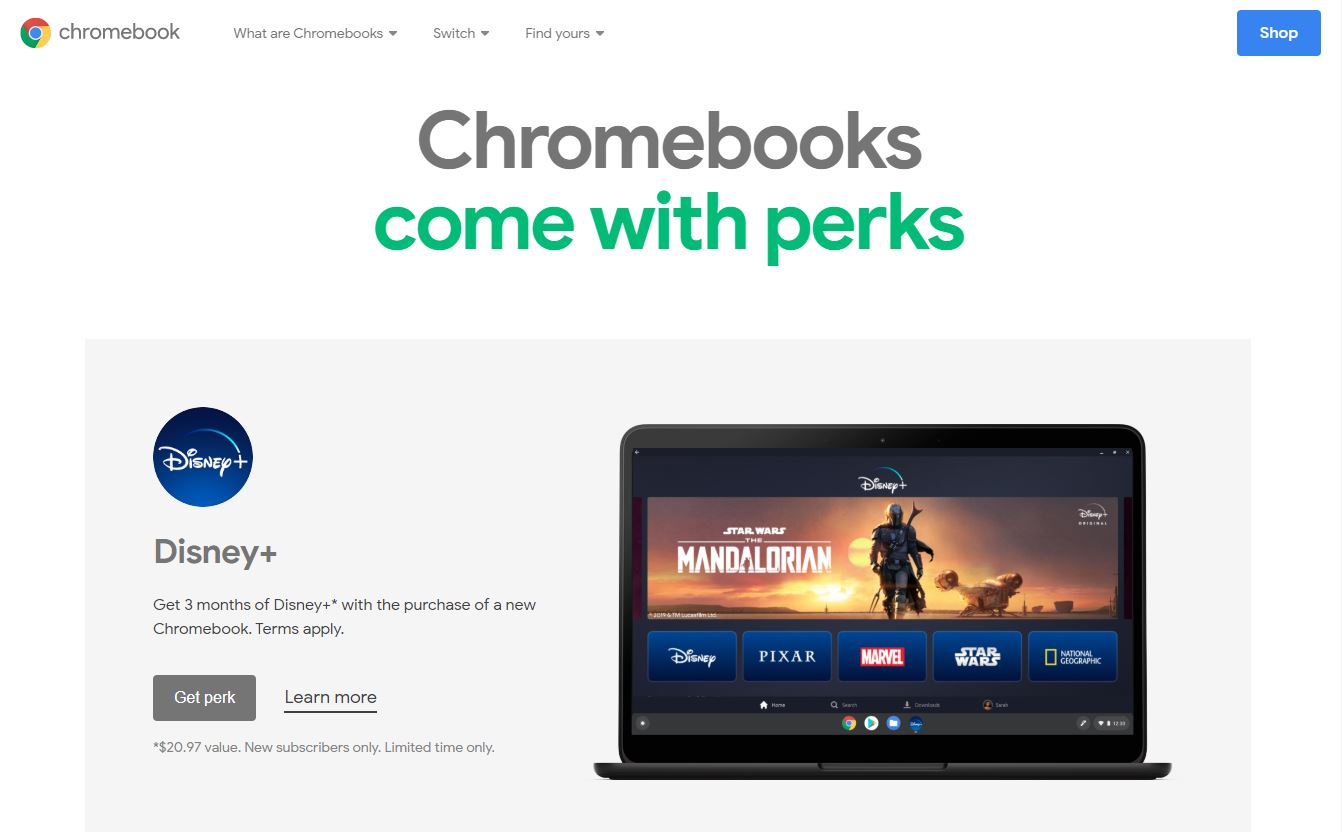
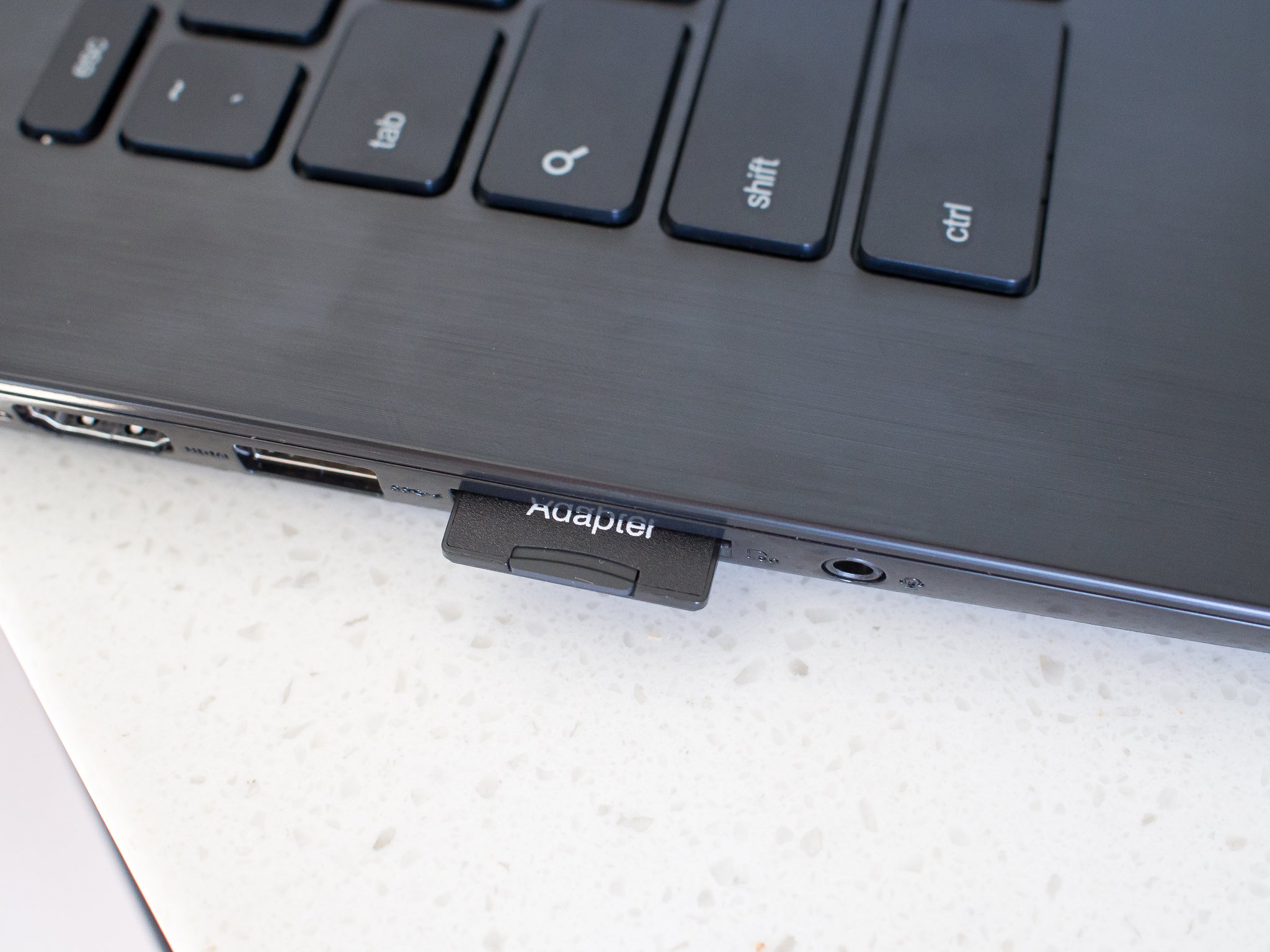
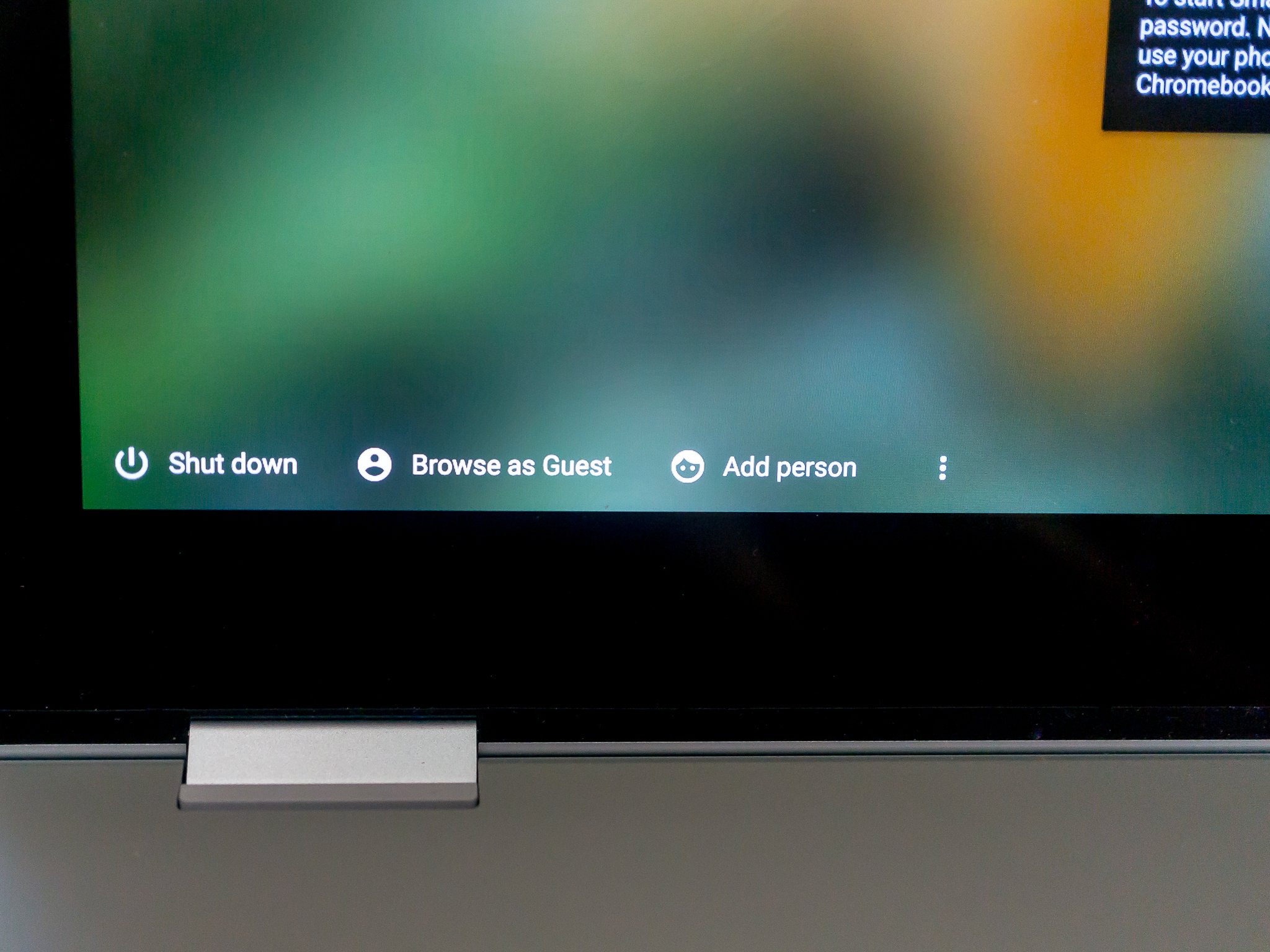
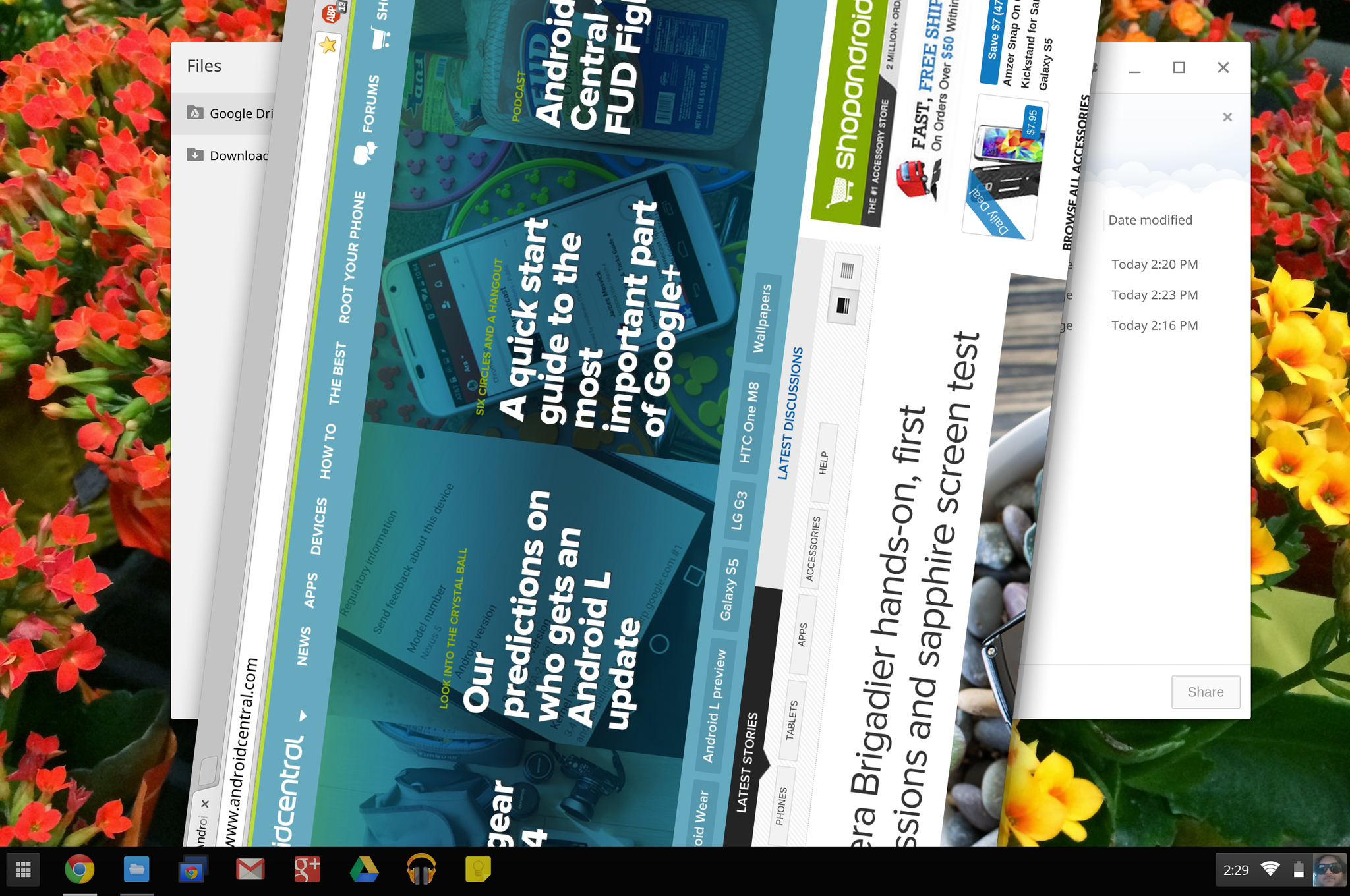

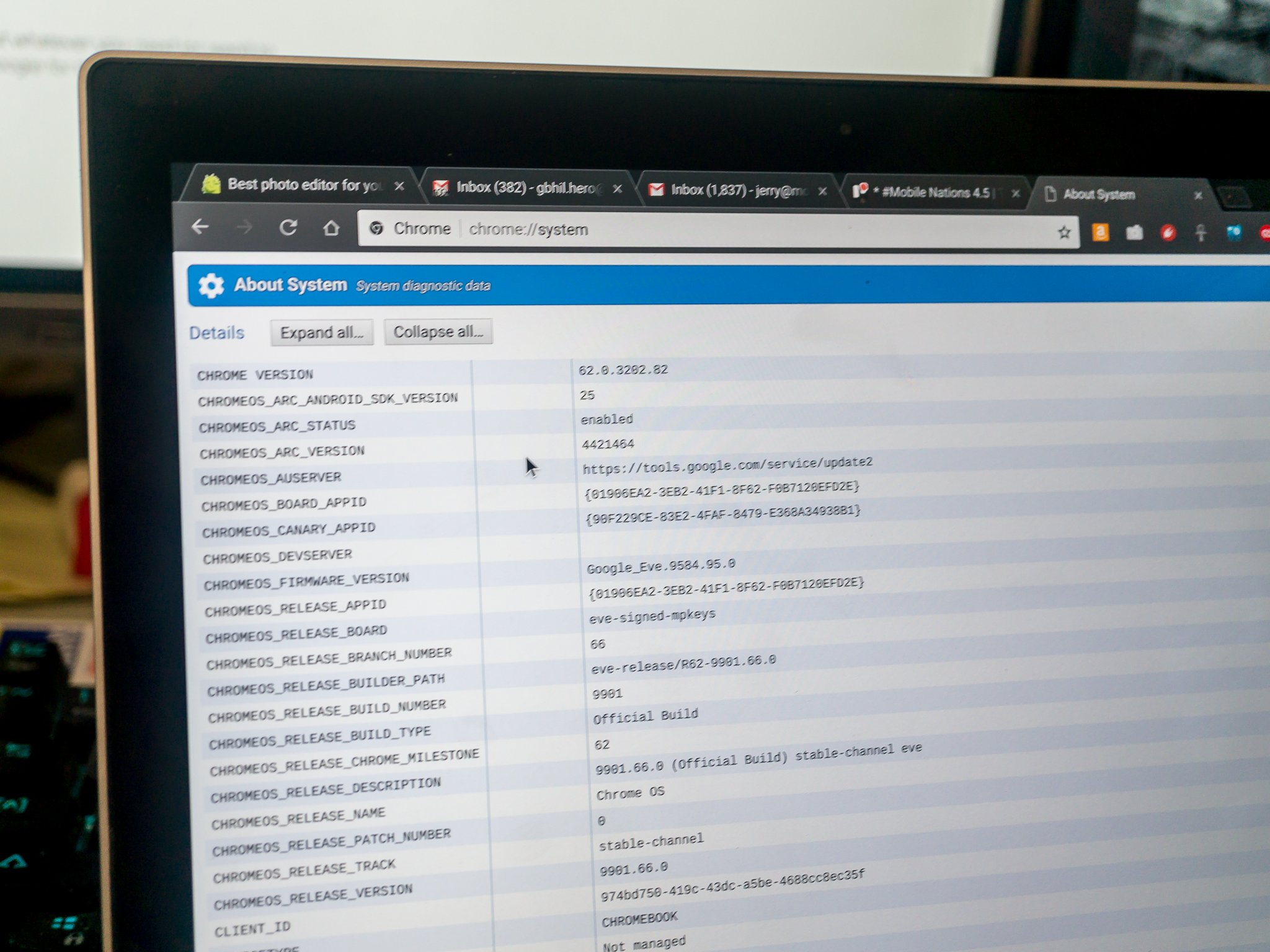

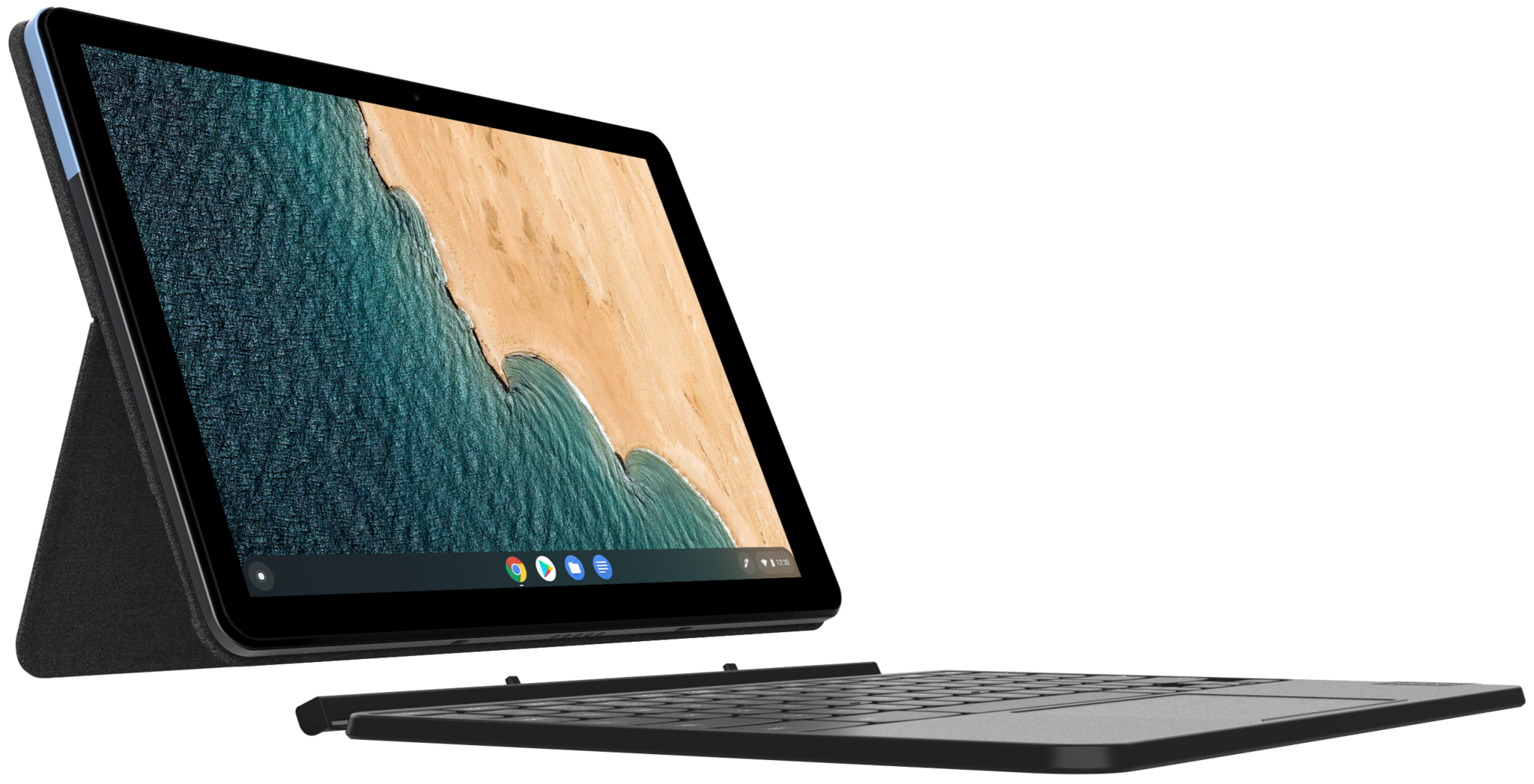
No comments:
Post a Comment